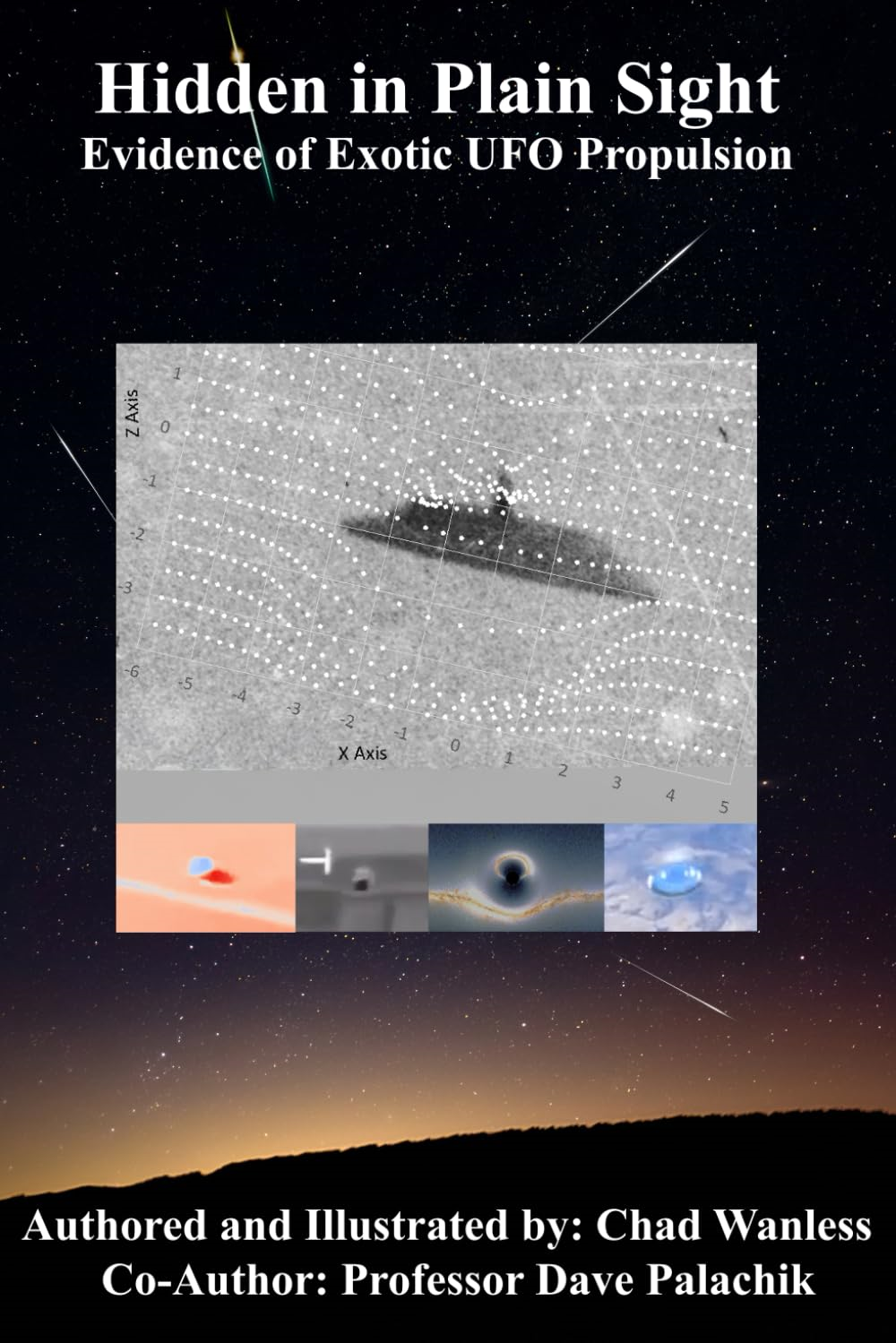Mystery Utah monolith vanishes after visitors trash the secret site0
- Earth Mysteries, From Around the Web
- December 1, 2020
We were not worthy.

We were not worthy.
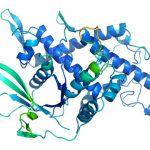
In a major scientific advance, the latest version of DeepMind’s AI system AlphaFold has been recognised as a solution to the 50-year-old grand challenge of protein structure prediction, often referred to as the ‘protein folding problem’, according to a rigorous independent assessment. This breakthrough could significantly accelerate biological research over the long term, unlocking new possibilities in disease understanding and drug discovery among other fields.
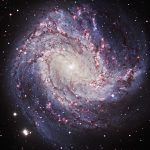
The bright, young stars are located in regions where gas is too tenuous for new stars to form

Paleontologists in Argentina have identified a new species of eusauropod (true sauropod) dinosaur that lived 179 million years ago, just after the mysterious disappearance of non-eusauropod sauropodomorphs.
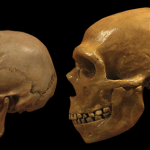
The idea that modern humans displaced Neanderthals because they were better protected against toxins from smoke is now under fire. An earlier study that put forward this suggestion has now been refuted by genetic research by scientists from Leiden and Wageningen. This new research was published in Molecular Biology and Evolution on 24 November.

The bright star’s great dimming may have been a big dust burp
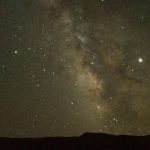
How much would you be willing to spend to remove a piece of space debris? Does $102 million sound like enough? That is how much a contract between the European Space Agency (ESA) and a Swiss start-up named ClearSpace SA is worth, and the entire contract is to simply remove a single piece of space debris.
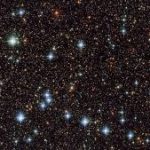
An astronomical mystery dating back to the year when director Steven Spielberg’s Close Encounters of the Third Kind was released might be one giant leap closer to being solved.
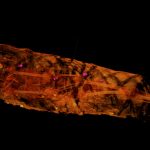
Thanks to a bit of help from a particle accelerator, scientists have discovered an unusual amulet interred with a 2000-year-old mummy.

On May 18, 1991, cosmonaut Sergei Krikalev departed Earth for the Soviet space station Mir. While he was up there, the country that had sent him ceased to exist, making Krikalev – for a few months at least – the “last Soviet citizen”.

